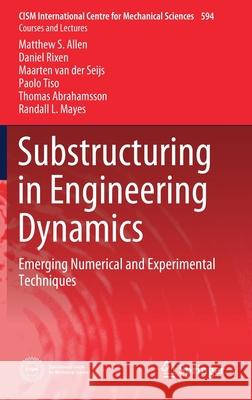Substructuring in Engineering Dynamics: Emerging Numerical and Experimental Techniques » książka
topmenu
Substructuring in Engineering Dynamics: Emerging Numerical and Experimental Techniques
ISBN-13: 9783030255312 / Angielski / Twarda / 2019 / 277 str.
Substructuring in Engineering Dynamics: Emerging Numerical and Experimental Techniques
ISBN-13: 9783030255312 / Angielski / Twarda / 2019 / 277 str.
cena 726,29
(netto: 691,70 VAT: 5%)
Najniższa cena z 30 dni: 693,97
(netto: 691,70 VAT: 5%)
Najniższa cena z 30 dni: 693,97
Termin realizacji zamówienia:
ok. 22 dni roboczych
Bez gwarancji dostawy przed świętami
ok. 22 dni roboczych
Bez gwarancji dostawy przed świętami
Darmowa dostawa!
Kategorie:
Kategorie BISAC:
Wydawca:
Springer
Seria wydawnicza:
Język:
Angielski
ISBN-13:
9783030255312
Rok wydania:
2019
Wydanie:
2020
Numer serii:
000144392
Ilość stron:
277
Waga:
0.58 kg
Wymiary:
23.39 x 15.6 x 1.75
Oprawa:
Twarda
Wolumenów:
01
Dodatkowe informacje:
Wydanie ilustrowane











